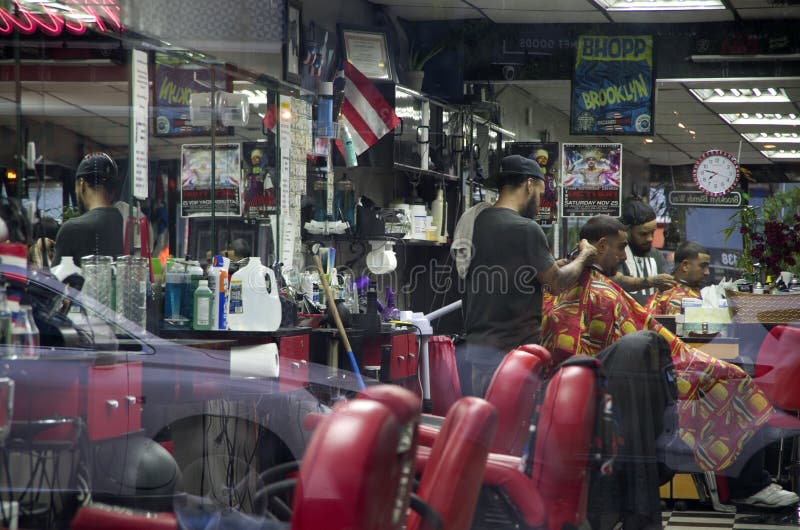Critical Disinfection Standards Every Hairdresser Should Apply to Safeguard Guest Health
Wiki Article
Cleanliness is a essential aspect of managing a successful barber shop. As professionals, hairdressers are obligated for maintaining a sanitary environment to guarantee the protection and health of their customers. This obligation goes beyond simply clearing the surface or wiping down areas. It entails understanding and executing key sanitation protocols that shield both the professional and their patrons from possible dangers. From proper hand-cleaning practices to the correct management of equipment, learning these practices is vital for each barber.

A key hygiene practices is proper hand hygiene. Hair professionals should wash their fingers carefully with soap and running water before and after all client. This does more than remove grime and germs but also reduces the transmission of infections. In cases where handwashing stations are not present, alcohol-based disinfectants can be applied as an substitute. It is critical to pay attention to sections such as under the nails and among the fingers, as these spots can carry microorganisms. Consistently educating staff about the significance of hand sanitation can notably promote a safer work environment.
Along with proper hand care, proper sanitizing and decontaminating of tools are essential in a grooming establishment setting. Every instruments, including clippers, shears, and styling tools, should be cleaned following each service with cleansing solution and clean water, followed by sanitization using approved solutions. Sanitizing agents should be officially certified for effectiveness against pathogens and microorganisms. It is also important to keep implements in a hygienic condition, ensuring they do not touch infected surfaces. By diligently sanitizing and decontaminating tools, stylists can prevent the spread of germs and protect their patrons safe from infections.
One more important measure is upholding cleanliness inside the grooming establishment itself. This includes regular sanitizing procedures for all surfaces such as chairs, workstations, and lobby spaces. Shop floors should be cleaned consistently, and spills should be cleaned up at once to avoid hazards. Disposal containers must be cleaned out regularly to avoid unpleasant odors and vermin issues. Making sure that the shop is adequately ventilated improves air quality, making it a more pleasant atmosphere for customers. A sanitary shop not only encourages well-being but also improves the overall reputation of the business.
Finally, hair professionals should remain updated about safety standards and recommendations from local health authorities regarding cleaning protocols. Joining workshops can help barbers to stay updated on modern standards in cleanliness. Having awareness about infectious risks and how to manage urgent incidents Get More Info can further strengthen customer protection. Encouraging an environment that emphasizes hygiene standards reflects credibility and establishes loyalty with patrons who wish to return for future services.
Mastering essential sanitation practices is fundamental for every barber who aims to provide a safe environment for their clients. By emphasizing proper hand hygiene, consistent sanitizing of instruments, ensuring shop sanitation, and keeping aware on public health standards, barbers can notably lower potential dangers in their barbershops. In the end, these measures read this post here not only defend customers but also support a barber's career growth. A dedication to sanitation reflects a dedication to excellent care that clients will appreciate and remember.